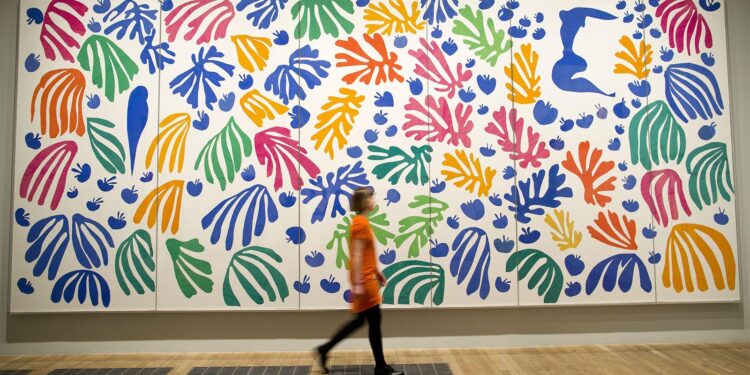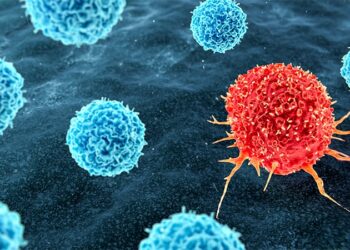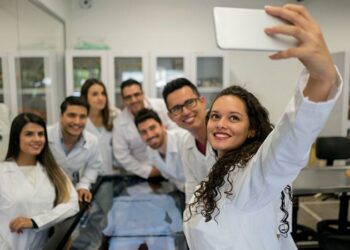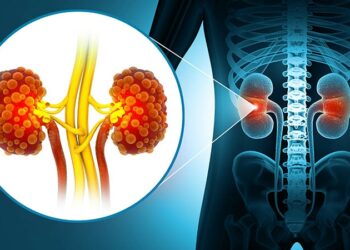Last month, Elton John told Good Morning America‘s Robin Roberts that he has lost significant vision in his right eye due to an infection and is unsure whether he can record an album again. Paul Simon recently revealed that hearing loss has caused him to drop certain songs from his live performances. Simon remarked, “You know Matisse, when he was suffering at the end of his life, when he was in bed, he envisioned all these cut-outs and had a great creative period. So, I don’t think creativity stops with disability. So far, I haven’t experienced that. And I hope not to.”
Henri Matisse’s late-life work with gouache-painted paper cut into forms with scissors, known as gouaches découpées, is a testament to how creativity can adapt and even flourish in the face of physical limitations. Confined to a wheelchair after surgery for abdominal cancer in 1941, Matisse turned exclusively to this vibrant, innovative art form, and created masterpieces like The Snail, Memory of Oceania, and Blue Nude II. His cut-outs reflect not only his artistic genius but also his resilience and ability to reimagine his medium when traditional painting became impossible. This period, often considered one of his most iconic, underscores the idea that physical disability doesn’t hinder creativity — it can even open new pathways for expression.
Reading about Matisse got me thinking about disability as it relates to doctors. Disability can significantly alter the careers of physicians, possibly forcing them into another specialty or profession, or into retirement. It may or may not make them more creative — it depends on several factors, such as their specialty, type of disability, and resiliency.
Adapting Medical Practice
A physician’s specialty often plays a major role in their ability to adapt. Surgical and procedural fields, for instance, require fine motor skills, physical stamina, and precision, meaning disabilities affecting these functions may prompt shifts toward less physically demanding roles such as teaching, research, or administrative work. Conversely, specialties like psychiatry, pathology, and radiology often allow greater flexibility for physicians with physical or mobility challenges.
The type of disability clearly determines the level of adaptation required. Physicians with physical disabilities may rely on assistive technologies, such as adapted surgical instruments or voice-activated software, to maintain their practice. Those with sensory impairments, such as blindness or deafness, have successfully practiced medicine by leveraging accommodations like interpreters, Braille, or tactile medical devices.
My medical school alma mater, Temple University, made national news in 1972 when they accepted a blind student: David W. Hartman. Sightless since age 8, Hartman had been rejected by 10 other schools despite graduating Gettysburg College Phi Beta Kappa with a 3.8 grade point average. Hartman went on to a successful career in psychiatry, choosing that field because he “love[d] to hear people’s [stories],” while also noting that blindness was a minor impairment in medical school given that about 85% of diagnosis consists of a good history, and most of the physical is based upon touch, listening, and even smell.
Robert H. Babcock is another example of a blind physician. Babcock managed cadaver dissection by touch and later wrote acclaimed books on diseases of the heart and the lungs, eventually becoming president of the Society of Internal Medicine of Chicago.
Mental health conditions, while increasingly recognized and supported as disabilities, still carry stigma within the medical profession, potentially complicating efforts to seek help or accommodations. Systemic barriers can exacerbate these challenges. A culture that values the “invincible” physician often discourages acknowledgment of disability, fostering fears of being perceived as less competent. Licensing and credentialing processes can subject physicians with disabilities to additional scrutiny, particularly around perceived risks to patient safety. Workplace accommodations, while critical, vary widely in availability and effectiveness.
Innovative Tools
Disability may not inherently spark traditional creativity, but it often compels physicians to develop innovative adaptations. Some find new roles that make use of their expertise, such as teaching, mentoring, or contributing to public health and advocacy efforts. Experiencing disability firsthand can also enhance empathy for patients, deepening their clinical practice. Problem-solving skills honed through personal adaptation may further enrich their professional contributions. Hartman, for example, worked with patients with disabilities after his residency and later sub-specialized in addiction medicine.
Artificial intelligence (AI) has also shown promise for assisting people with disabilities and might correct for the under-representation of individuals with disabilities trained as physicians. For example, AI-driven voice recognition software allows physicians with mobility impairments to dictate notes, navigate electronic health records, and communicate with patients without relying on manual inputs.
AI-powered diagnostic tools, such as image analysis software, can reduce the physical and cognitive workload by providing rapid, accurate interpretations of radiological or pathological data. Additionally, adaptive technologies integrated with AI, such as robotic surgical systems or prosthetic devices, can extend physical capabilities, allowing physicians with disabilities to perform tasks that might otherwise be challenging or even impossible.
Toward Greater Inclusivity
Physicians with disabilities often serve as advocates and role models, challenging stereotypes and advancing inclusivity in medicine. Their presence in the field encourages system-wide changes, such as better accommodations and more inclusive medical education. In doing so, they help redefine what it means to be a capable physician, shifting the focus toward cognitive, emotional, and interpersonal competencies rather than physical ability alone. For example, many physiatry physicians with disabilities are known for their innovative approaches to rehabilitation medicine, empowering patients with disabilities to regain independence.
Although disability may alter a physician’s career trajectory, it does not have to diminish their capacity to make meaningful contributions. In many cases, it opens unexpected avenues for impact, shaping and diversifying not only individual careers but also the broader culture of medicine. As technologies like AI continue to make the profession more accessible, these dynamics may further transform how we define and support diversity in medical practice.
Overcoming disabilities for a career in medicine requires both creativity and adaptability. Preparing students with disabilities for medical practice likewise demands creativity. In essence, it takes imagination, not sight, to be a good physician.
Arthur Lazarus, MD, MBA, is a former Doximity Fellow, a member of the editorial board of the American Association for Physician Leadership, and an adjunct professor of psychiatry at the Lewis Katz School of Medicine at Temple University in Philadelphia. He is the author of several books on narrative medicine, including Medicine on Fire: A Narrative Travelogue and Story Treasures: Medical Essays and Insights in the Narrative Tradition.
Source link : https://www.medpagetoday.com/opinion/second-opinions/113297
Author :
Publish date : 2024-12-09 20:03:35
Copyright for syndicated content belongs to the linked Source.














